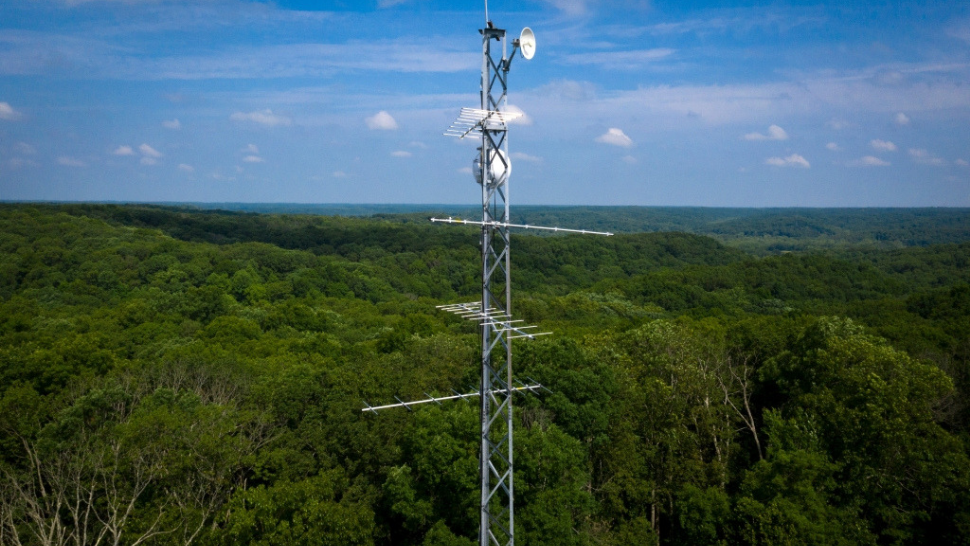John Tolley, September 5, 2019
According to the official state motto, Indiana is the ?Crossroads of America.? Of course, that refers to the many interstates and highways that trace their routes across the Hoosier state.
What fewer people know, though, is that the Indiana is also an important crossroads for many migratory species. From Canadian Geese to Sandhill Cranes, most of Indiana lies in the Mississippi Flyway, an important north-south navigational path.
Tracking these animals is an increasingly important part of assessing the overall environmental health of our planet. To aid in these efforts, Indiana University?s Environmental Resilience Institute recently installed a powerful new tool. The Motus Wildlife Tracking System, installed at the T.C. Steele State Historic Site in Nashville, Indiana, is part of a global network that aims to deepen our understanding of the habits of migratory species.
Speaking with the IU Bloomington news service, Allison Byrd, an Environmental Resilience Institute research associate, noted that it is critical we take stock of the role a local ecosystem plays in broader planetary scheme.
"This station will contribute to the larger network of global monitoring and will help us better understand how changes in Indiana's climate are impacting the timing and movement of migratory animals," said Byrd. "As we gain a better understanding of these processes, we will enable lawmakers and other stakeholders to make ecologically informed decisions in regard to policy, land use and conservation, and wildlife management."
With a minimal footprint, the Motus station?s tower-mounted antennae are powered by a solar panel. The equipment picks up and tracks the movements of birds, bats and insects that have been tagged with radio transmitters. The station scans the skies year-round, providing a comprehensive view of wildlife habits, especially during peak migration seasons.
The station is part of the larger Motus network created by Bird Studies Canada. In addition to the new station at the T.C. Steele site, Motus operates two other tracking stations in Indiana. Internationally, there are 702 stations in 28 countries across 4 continents.
To learn more about the Motus program as well as Indiana University?s Prepared for Environmental Change Grand Challenge initiative, follow the link above.







 See what's coming up live on B1G+ every day of the season at BigTenPlus.com.
See what's coming up live on B1G+ every day of the season at BigTenPlus.com. 